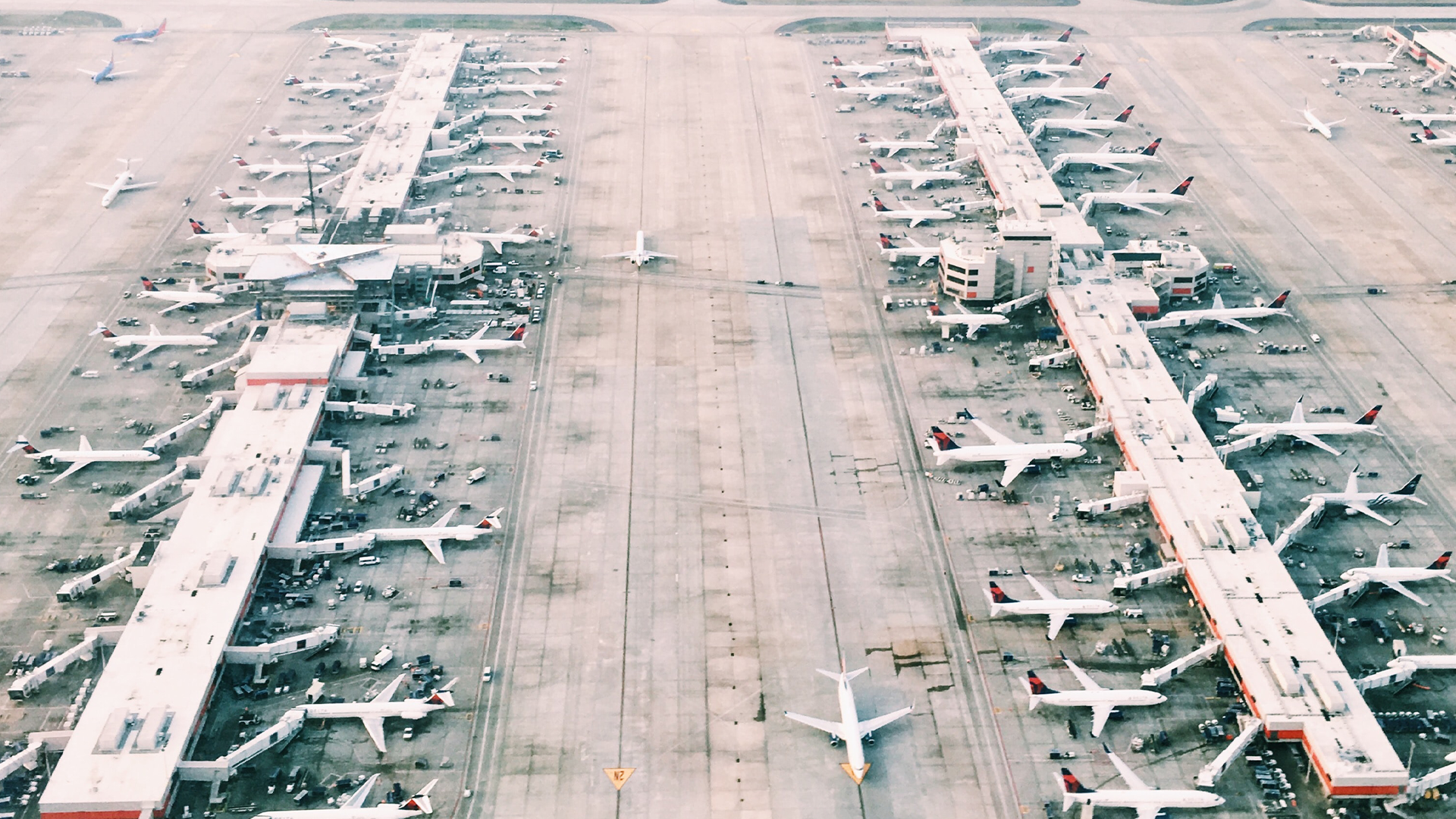Published by
A conversation with Bottle Rocket’s Peter Klayman
Can you offer an assessment of how the recovery is going for the travel and tourism industry so far? What’s the upside and what’s the downside?
Speaking from a North American perspective, we can see strong pickups in consumer demand for a variety of reasons. However, we are still seeing a lag in international routes and cross-border migration more broadly. In Canada, international arrivals are still down by 86%.
The upside is that there are a lot more people interested in taking trips, particularly shorter trips than what they may have taken in the past, to see family, go on vacation and do the things we missed during the pandemic.
We’re seeing one major downside across labour-heavy industries, particularly those that are somewhat disintermediated from their ultimate end user, and that’s labour constraints.
For example, there is now a Pilot shortage in Canada after so many were furloughed over the pandemic. Simultaneously, we’re seeing strikes amongst airport workers.
In fact, some airports such as London Heathrow are no longer allowing additional summer tickets to be booked due to soaring demand and labour constraints. So, this extends to the third-party service providers who enable airport operations.
We’re also seeing tourism holistically changing its modality, with additional use of automotive rather than just air travel.
Now, with the disruptions that travellers have been and continue to experience when they travel, what do you see as some of the challenges for travel and tourism businesses who want to hang on to those customers?
Travel and tourism businesses need to work hard to protect their reputations and maintain loyalty in the face of disruptions that are out of their control. Under normal circumstances, customers are not going to blame the air carrier for delays getting through security and the like. But when we’re seeing mass flight cancellations, such as the 17,000 flights cancelled by American Airlines, customers are absolutely going to blame the airline not just for the flight cancellation, but for all delays within the airport that are actually due to wider labour shortages.
For airlines to hang onto their customers, it comes down to how they are leveraging channels of communication. In an ideal world, they need a gate agent that’s able to help his or her customers. The issue is that there’s always too much demand for that gate agent during peak times.
So, the question we can ask is, ‘How can companies use call centres and digital interaction pathways to speed up that process of communication?’ Yes, delays and disruptions are horrible, but if a customer is able to chat with an agent to better understand what has happened, they’ll trust that they’ll be able to quickly reach a resolution. This is far more appealing than the prospect of waiting in line for hours only to be told that no changes can be made.
What are the most common mistakes travel and hospitality businesses are making in the current climate of cancellations and disruption? How can they avoid those mistakes?
Not all cancellations are equal. For example, if a company is able to provide a strong customer interaction even in a moment of cancellation, they will have a far higher likelihood of customer longevity than those who cannot provide those interactions.
The issue is that these travel fi rms are so short staffed, they’re having trouble putting headcount in the places they need it. So, to avoid this, companies need to consider how they could look to source headcount elsewhere, to enable them to remotely deliver services to these high-demand areas.
This comes down to speed and agility as well. The more you can digitally enable your service delivery to speed up airport processes, such as bag checking, check-in, at gate operations, airport operations and post-trip, the better.
In the current environment, can you offer any examples of companies in the travel and tourism industry who are finding these opportunities?
What I’m seeing right now is that it tends to be the larger providers who are looking to digitize more of their airport operations. For your budget carriers and low price carriers, they’re instead looking to scale.
For example, if we look at the Spirit merger right now, there’s a push towards consolidation of ultra-low cost carriers to a singular entity to make the airline landscape more competitive.
I’m wondering if there’s a disconnect right now between what the consumer expects and what the industry can actually provide? Can you talk about that?
I’m wondering the same thing. I think there is always a disconnect. There’s a relentless push to make travel cheaper, but there are various costs that can’t be ignored.
For example, fuel supplies are bought on data contracts, but still at the end of the day contribute significantly towards price increases.
I think that consumers are expecting the same type of customer service they would get from an e-commerce firm, but the complexity and the regulation of servicing that is required in the travel space is much higher.
Tourism businesses need to know their customers, with expectations changed by the global pandemic. And I think the answer here is flexibility – we saw the average duration between when a customer bought a ticket and when they flew decrease as a result of the pandemic, and we’ll continue to see that.
More individuals are working remotely and the possibility for work-cations therefore increases, and those are decisions which may be made two or three days before the time of travel.
Can you give CTP’s readers an idea of what it is that Bottle Rocket Studios does and how it works with businesses in the travel and tourism industry?
We are a digital experience consultancy. We help organizations build websites and mobile apps, as well as things which consumers don’t see that enable customer operations – things that employees and partners utilize to speed service delivery.
Now, I get to ask you a lot of questions, but I’m wondering if there’s a question that I haven’t asked you? If there is, what’s the question and what’s the answer?
Peter’s question: How does all of this apply to smaller businesses?
If you’re a small hospitality provider, such as someone with one or two locations, how could you meet and exceed your customers’ demands? Does it mean you have to build an app or a website? The answer is no. There is a certain scale at which digitization makes sense, but you have to reach that scale first.
And before that, there are other things you could be doing first. So, things you could do before you get to that scale is ensure you’re using third party platforms to their fullest capabilities. It is also key to look at the ways you can provide higher levels of service through physical delivery channels, whether that’s making sure you have phones that are always available, or being able to use chat and other features that might speed up response times. Your goal is to try and drive your time from query to response down without digitizing.
Not everyone expects a digital experience. They do from an airline, but not from a local hospitality provider. Instead, customers expect a relaxation moment to help them enjoy their trip as an experience.
So, it isn’t just about building digital things. Some of the best experience design is about a physical interaction. An example of who does physical design really well is Apple store – the layout, the interactions, the communications – they’re all very well thought out.
So, these smaller businesses should think about what their customer journey looks like today with a view to improving the moments where they believe their service falls fl at. Those would be the areas where smaller businesses should invest right now if they can’t invest in the digital.
This article was originally published in Canadian Travel Press.




